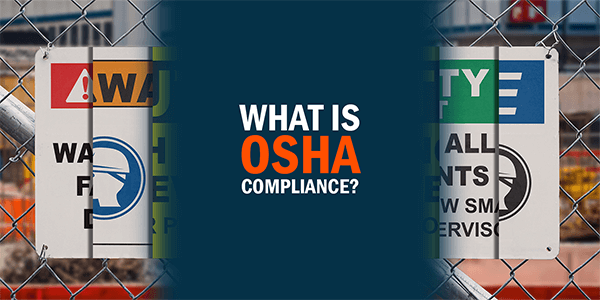Permissible Exposure Limit

The OSHA Permissible Exposure Limit (PEL) establishes the upper limit for employee exposure to chemicals or other physical materials. These limits protect workers from the negative health effects of exposure to hazardous substances such as hydrogen sulfide and mercury.
A permissible exposure limit establishes a regulatory limit on the amount or concentration of a substance in the air based on an 8-hour time weighted average (TWA) exposure. A PEL may also contain a skin exposure limit.
OSHA permissible exposure limits are addressed in specific standards for the general industry, shipyard employment, and the construction industry.
About 500 PELs have been established. Existing PELs are contained in 29 CFR 1910.1000, the air contaminants standard. Most PELs are listed in 29 CFR 1910.1000 Table Z-1. In addition, 29 CFR 1910.1000 Table Z-2 contains PELs for the following substances:
- benzene
- beryllium and beryllium compounds
- cadmium - dust and fumes
(see 29 CFR 1910.1027) - carbon disulfide
- carbon tetrachloride
- chromic acid and chromates
(see 29 CFR 1910.26 and corrections) - ethylene dibromide
- ethylene dichloride
- fluoride as dust
- hydrogen fluoride
- formaldehyde
(see 29 CFR 1910.1048) - hydrogen sulfide
- methylene chloride
(see 29 CFR 1910.1052) - mercury
- organo(alkyl)mercury
- styrene
- tetrachloroethylene
- toluene
- trichloroethylene
The Personal Exposure Limits for exposure to mineral dusts can be found in OSHA's 29 CFR 1910.1000 Table Z-3. The mineral dusts that are listed in this table include both crystalline and amorphous silica, silicates, graphite, coal dusts and inert or nuisance dusts.
New Chemical Exposure Limits (NCELs)
In addition to the OSHA's Permissible Exposure Limits, manufacturers and importers of chemicals must comply with the EPA's New Chemical Exposure Limits (NCEL).
Under section 5 of the Toxic Substances Control Act (TSCA), any person who intends to manufacture or import a new chemical substance for commercial purposes in the United States must submit a premanufacture notice (PMN) to the Environmental Protection Agency (EPA) at least 90 days prior to manufacture or import of the material. EPA's Office of Pollution Prevention and Toxics (OPPT) will then perform a risk assessment and make a risk evaluation.
The EPA will look at a number of potential risks. If, for example, the EPA determines the new substance may present an unreasonable risk of injury to human health via inhalation exposure, the EPA will most likely issue a TSCA section 5(e) Consent Order.
The section 5(e) Consent Order will most likely require that potentially exposed employees wear specified respirators, unless actual measurements of the workplace air show that air-borne concentrations of the PMN substance are below a New Chemical Exposure Limit (NCEL) established by EPA.
In addition to the NCEL, there will be comprehensive NCEL provisions modeled after the OSHA Permissible Exposure Limits. These will include performance criteria for sampling and analytical methods, requirements for periodic monitoring, as well as requirements for respiratory protection and recordkeeping. In addition, the EPA will most likely extend these section 5(e) Consent Order requirements to other manufacturers and importers of the same chemical substances, via a section 5(a)(2) Significant New Use Rule (SNUR). Get tips on environmental health and safety with our free guide for Environmental Health and Safety Management. Download it below.
Related Resources

New Rule on Public Disclosure of Work Injury Data
On May 11, OSHA issued a final rule that requires employers to electronically submit injury and illness data ...
Read
What is OSHA Compliance?
Dangerous working conditions nationwide sparked the creation of the Occupational Safety and Health Act (OSH ...
Read
Top 10 OSHA Violations for 2022: Stay Compliant & Safe
The undisputed champion continues its streak with year 12 at the top of the list.The standard outlines when ...
Read.png)





